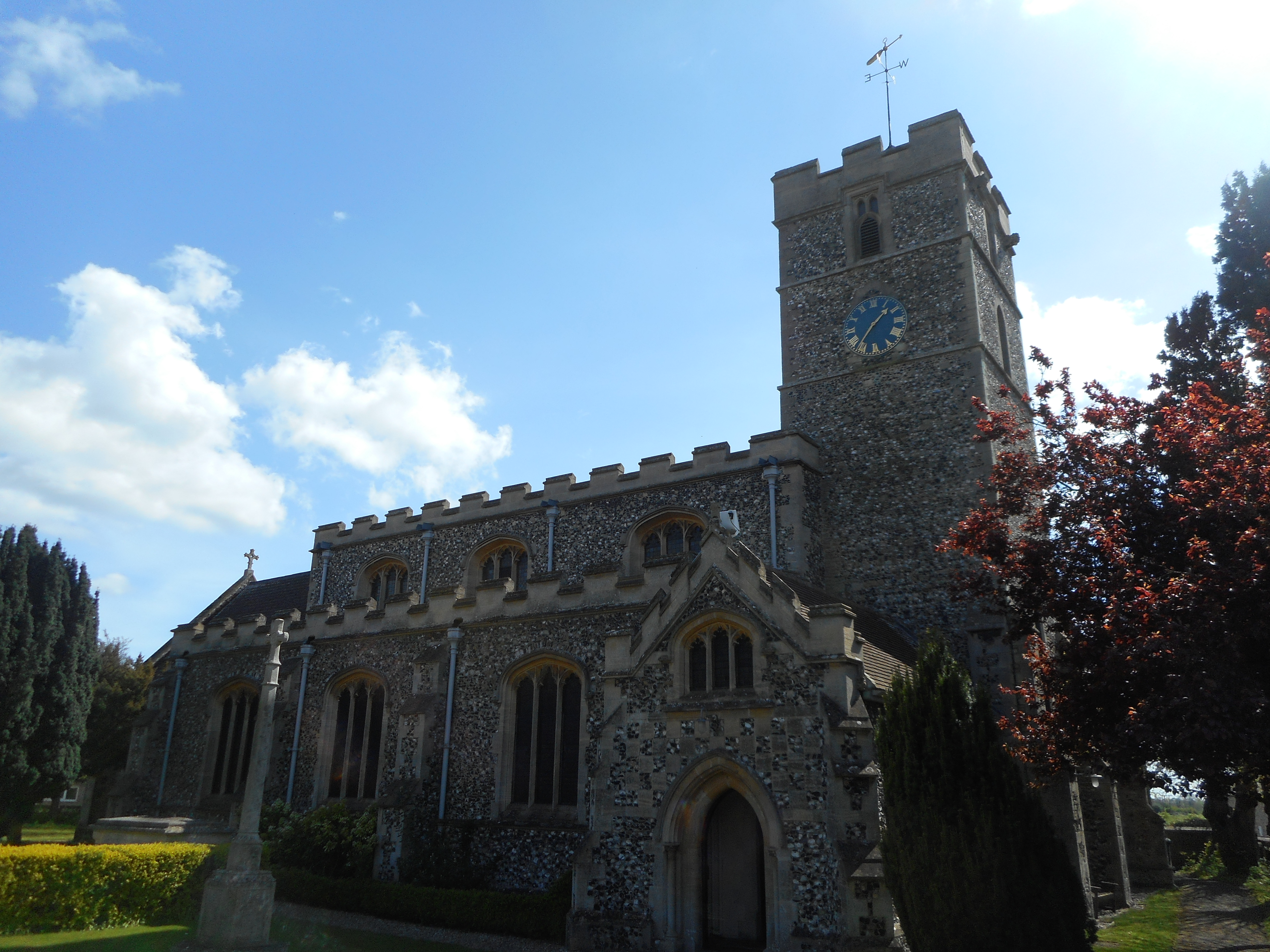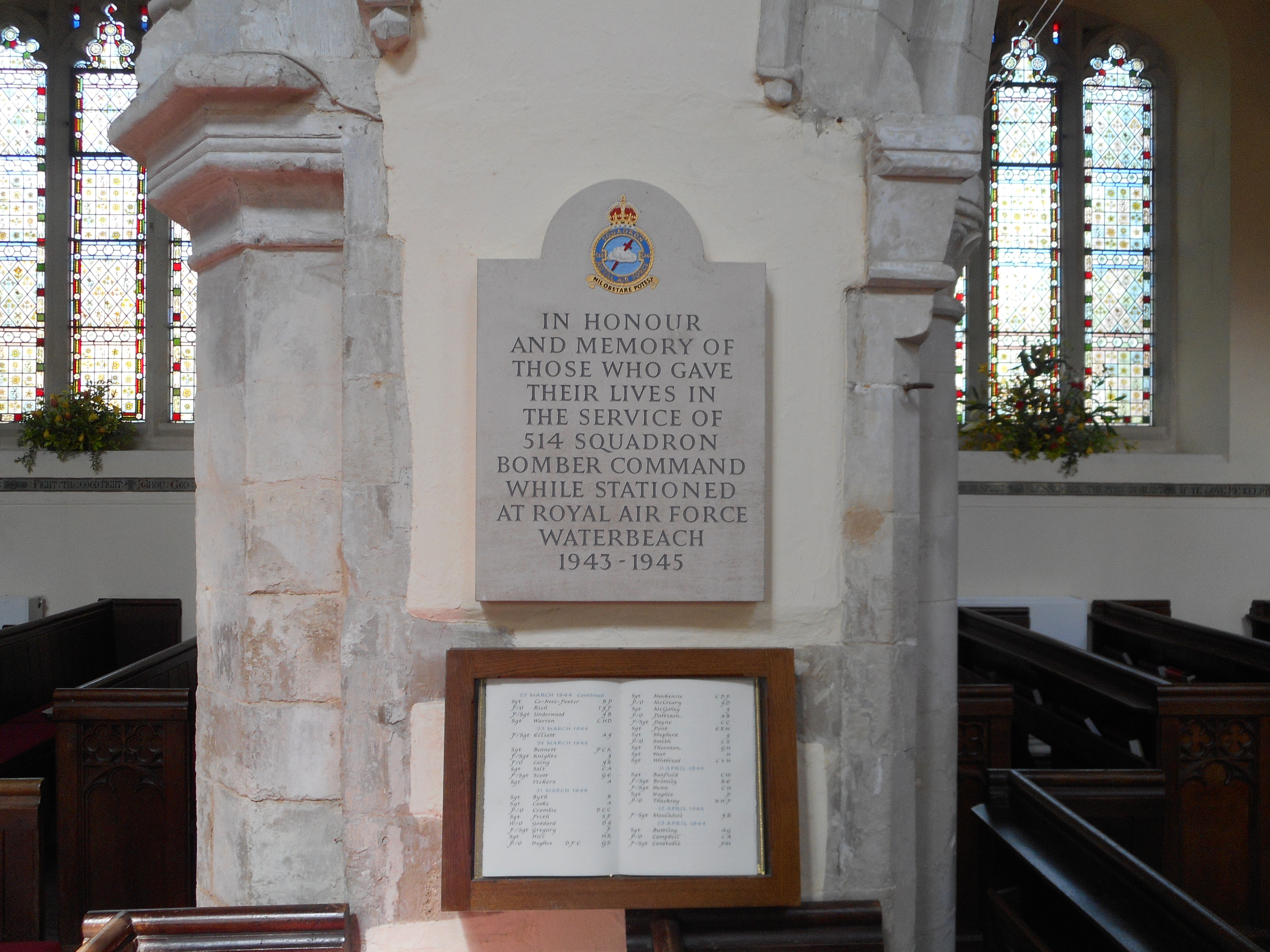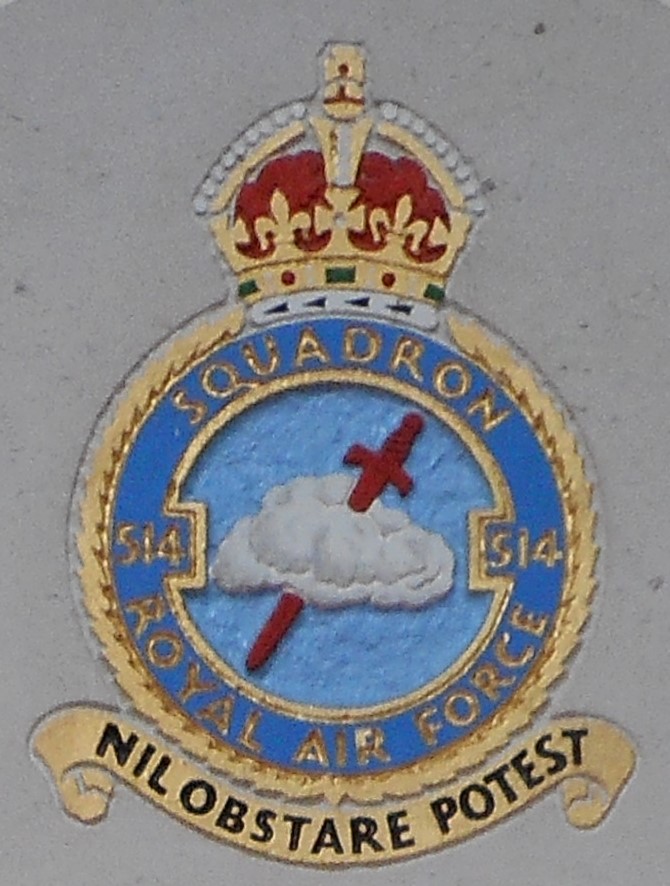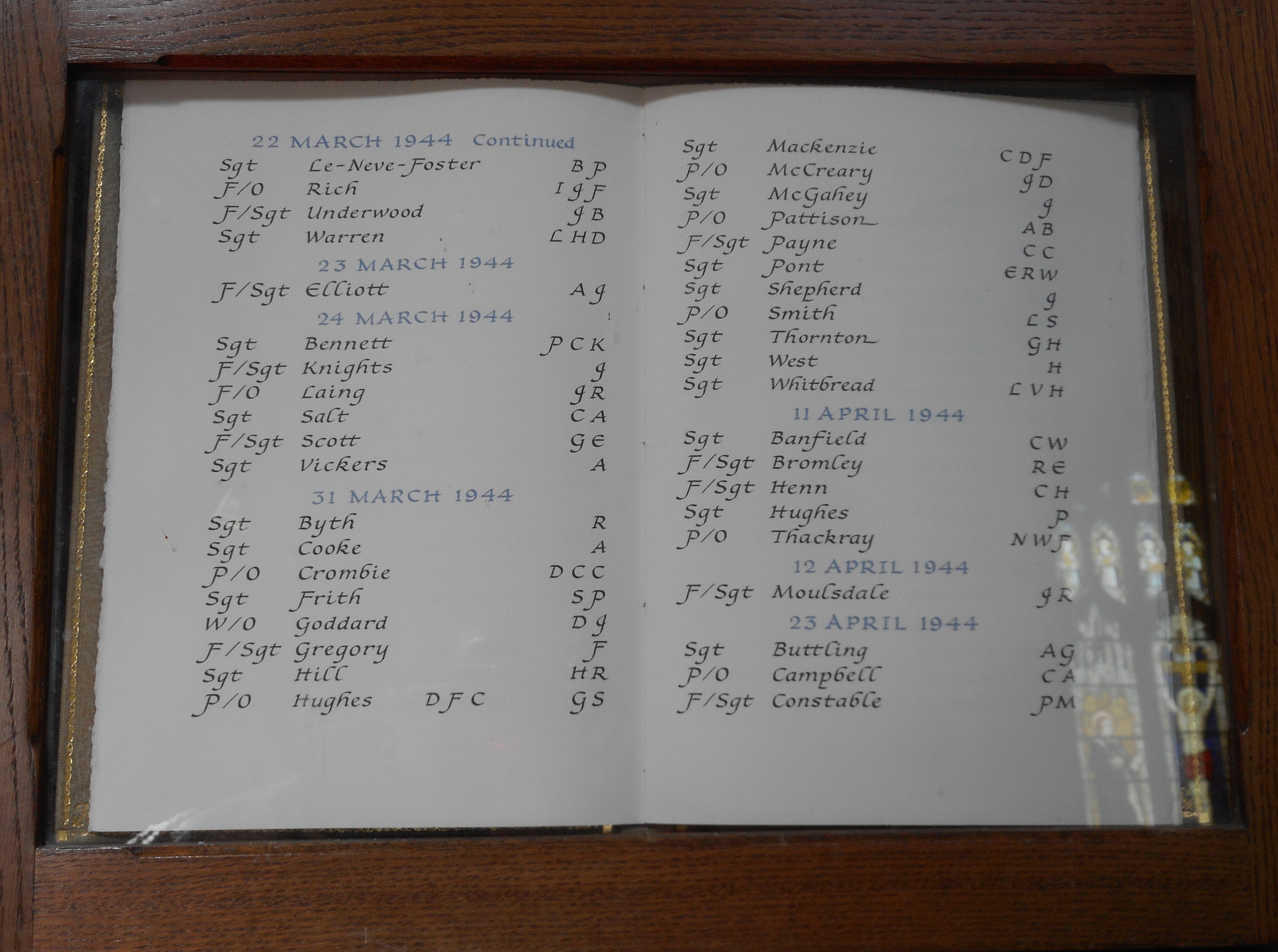Easen, Richard Frederick
Personal Information
| Rank | P/O |
| Forename(s) | Richard Frederick |
| Surname | Easen |
| Gender | M |
| Age | 27 |
| Date of Death | 01-05-1944 |
| Next of Kin | Son of Frederick Alexander Easen and Adeline Victoria Easen (née Hope), of Keene, Ontario. |
Aircraft Information
| Aircraft | Avro Lancaster II |
| Serial Number | LL691 |
| Markings | A2-D2 |
Memorial Information
| Burial/Memorial Country | United Kingdom |
| Burial/Memorial Place | Runnymede Memorial |
| Grave Reference | Panel 250. |
| Epitaph |
IBCC Memorial Information
| Phase | 2 |
| Panel Number | 159 |
Enlistment Information
| Service Number | J/92606 |
| Service | Royal Canadian Air Force |
| Group | 3 |
| Squadron | 514 |
| Trade | Air Gunner |
| Country of Origin | Canada |
Other Memorials
| Location | Church of St. John the Evangelist, Waterbeach, Cambridgeshire |
| Country | United Kingdom |
| Memorial Type | Inscribed Stone Memorial and RoH |
| Memorial Text | Roll of Honour and memorial to the members of 514 Sqn who served at RAF Waterbeach 1943-1945 |
Miscellaneous Information
| Richard was born on 17 July 1916 in Keene, Ontario. His father was a farmer and both parents were born in Keene. He had one brother George Allan. He attended Keene Public School 1922- 1929 (Entrance) Peterborough Collegiate 1929-1934 (Academic) and again in 1934-1936 (Special Commercial). He then went to Peterborough Business College 1935-1936 for a Business Course. His sport interests were bowling and swimming. Between June and December 1937 Richard worked as a clerk for Canada Packers Co. and then for Jercucy Yokom, as a musician in an orchestra. He was a trumpet player. He was there from 1938 until enlistment. |
| After enlisting on 19 January 1942, Richard embarked for the U.K. on 27 May 1943. He reached England and 3PRC on 5 June 1943, 5 (0)AFU, 19 July 1943, 12 OTU 7 September 1943, 31 Base 14 January 1944, 33 Base 2 April 1944 and 514 Squadron on 29 April 1944. Sadly, within days of arriving, Richard was to lose his life. |
Commonwealth War Graves Commission
The National Archives
| Record of Events (Operational Record Book) AIR 27/1977/12 |
| Summary of Events (Operational Record Book) AIR 27/1977/11 |
Fellow Servicemen
Please note that this list gives all the losses aboard the quoted aircraft and occasionally these may have occurred on an earlier date when the aircraft was not itself lost. Please check the dates of death carefully.
Last Operation Information
| Start Date | 30-04-1944 |
| End Date | 01-05-1944 |
| Takeoff Station | |
| Day/Night Raid | Night (57% moon) |
| Operation | Training |
| Reason for Loss | Crashed in the English Channel off Dover |




